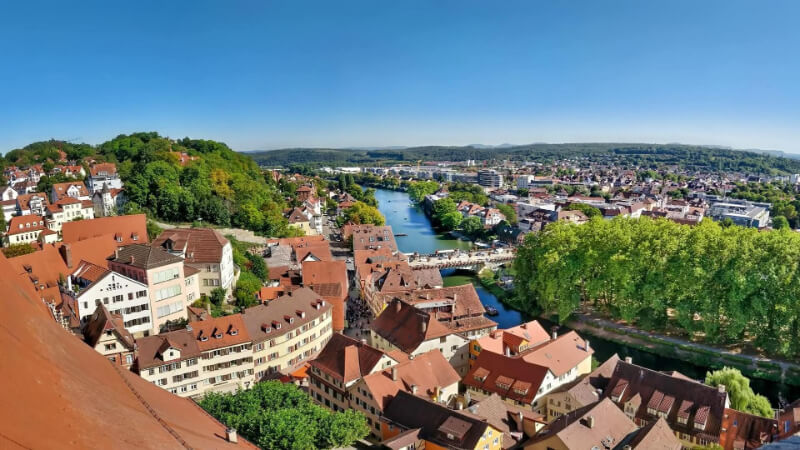Definition
Generally speaking, economic performance covers the notions of effectiveness – achieving the set objectives – and efficiency – minimizing the means used to achieve the objectives.
Performance is measured with qualitative and quantitative indicators of results.

The objectives
Applied to the world of the built environment, economic performance covers multiple themes which are expressed in an appropriate manner according to the type of work, but which can be grouped into three main objectives:
- The optimization of charges and costs
- Improving the asset, financial and usage value, and the resilience of the facilities and territories
- Contributing to the dynamism and development of territories.
These three main objectives are integrated into the HQE reference frameworks, adapted to the nature of the operation (building, development, infrastructure).
For the building
Optimization of charges and costs
The specificity of the building is its long lifespan. Thus, at the end of its life, it will have cost more during its use phase than the initial investment cost. This is why it is necessary to make choices throughout its life cycle concerning its operation, maintenance and dismantling, in order to benefit from controlled usage costs and optimized revenue. The costs associated with these three key phases of the building life cycle are generated by:
- The initial investment, which includes the costs up to the acceptance of the building (construction or renovation), excluding land, but including the studies, the costs of depollution, deconstruction, etc.
- Operation: costs of technical management, upkeep fluids, maintenance, major maintenance, renewal, repair, replacement and any income deducted from these costs (resale of electricity for example), taxes, insurance, subscriptions
- Deconstruction: costs of studies, works, etc. including any income related to reuse and recycling.
Improved asset, financial and use value
The economic performance of a building is also assessed on the basis of its heritage, financial and usage value. Whether it is for the search for a lower risk of obsolescence or the improvement of the productivity of users in the workplace, for example, a sustainable building represents a potential for medium and long-term benefits that should be taken into account. optimize (rental income, resale value, etc.)
Contribution to the dynamism and development of territories
Local sectors and circular economy: use of local resources to meet building needs (materials, energy, services, recycling)
For urban planning
Contribution to the dynamism and development of territories
The building is a factor of economic development, job creation and attractiveness of the territory. It induces new costs but above all new revenue for the community.
- Promote employment, training and the acquisition of skills: jobs created at all stages of the development and life of buildings, social and professional integration
- Local sectors and circular economy: contribution to the development of local companies and know-how in a logic of green and responsible economy
- Attractiveness: ability to attract businesses, residents, tourists, impact on the image and reputation of the territory, urban regeneration, etc.
For infrastructure
The infrastructure project has an economic impact on the territory(ies): use of local channels, job creation, etc. The economic control of the project, the use of the overall cost as well as the reflection around the resilience of the infrastructure, are all subjects that contribute to the economic control of the infrastructure project.
Optimization of charges and costs
- Forecast estimate of the annual expenses and revenues associated with energy consumption (all uses), water consumption and/or waste management.
- Setting performance targets for reducing/controlling infrastructure operating costs.
- Implementation on the project of a method of financing (investment and operation) minimizing the financial impact for the contracting authority, and overall relevance of the financial arrangement of the project.
Improved asset, financial and use value
- Promotion of innovation: Innovation in the project may concern technological innovations, but also innovative managerial practices, economic innovation (methods of financing), social or partnership.
- Control of risks: climatic, technological, health, social, economic, etc.
Contribution to the dynamism and development of territories.
- Attractiveness of the territory
- Job creation
- Use of local channels

Frame of reference and definition
Go directly to the HQE reference frameworks for sustainable building, development and infrastructure, and to the thematic definition frameworks.
Les publications associées
HQE commitments
Building development and infrastructure at all stages of their life cycle – construction, operation, renovation – are at the heart of the DNA of the HQE-GBC alliance and its members, in a transversal vision combining quality of life, respect of the environment, economic performance and responsible management.